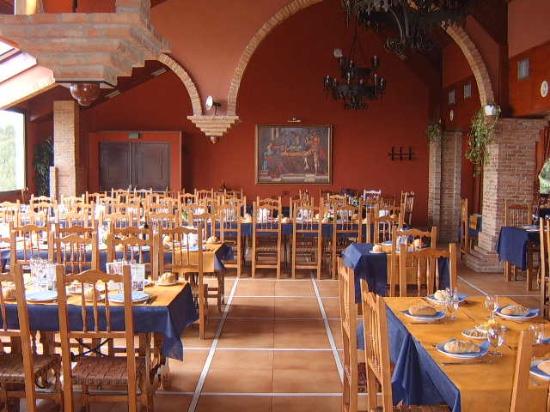Ciudad Real
WELCOME TO Ciudad Real
Province Overview
Ciudad Real
19,813 km2
500,000
Spanish
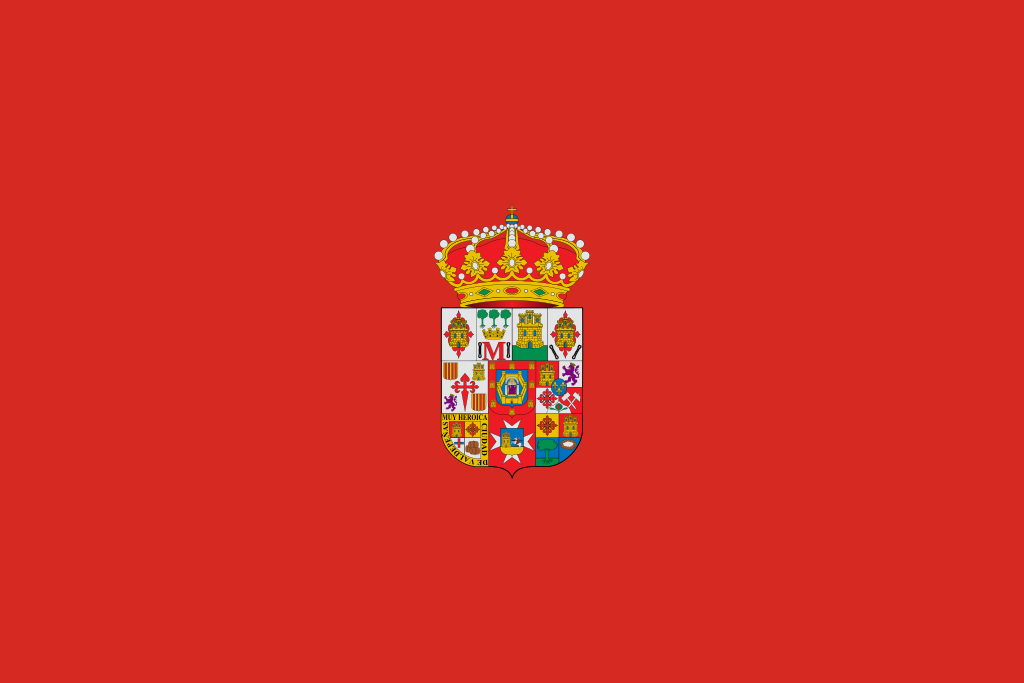
Popular
Geography and Tourist Attractions
Information about the province's tourist attractions, including popular destinations, events, and activities.
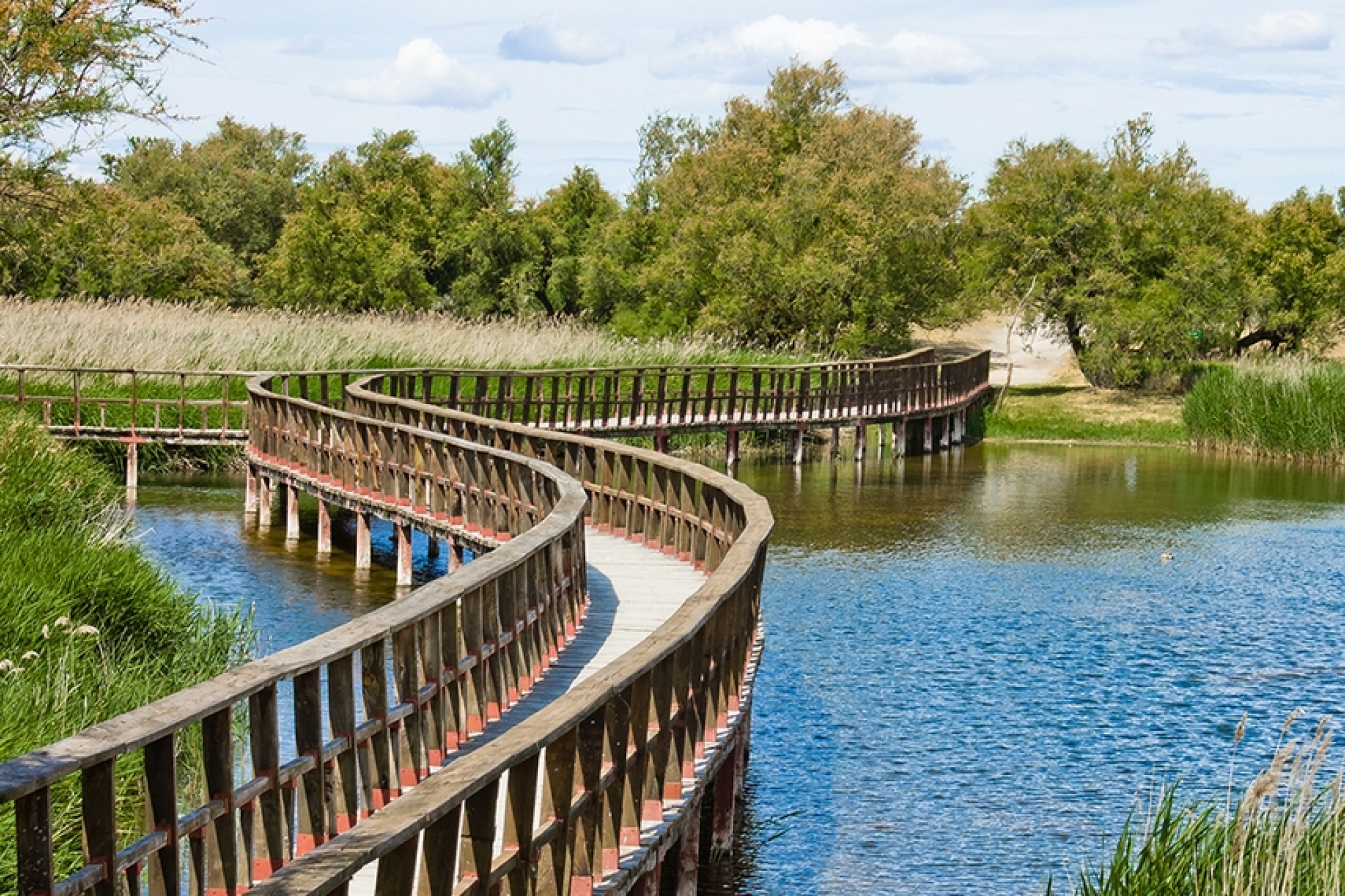
Tablas de Daimiel National Park
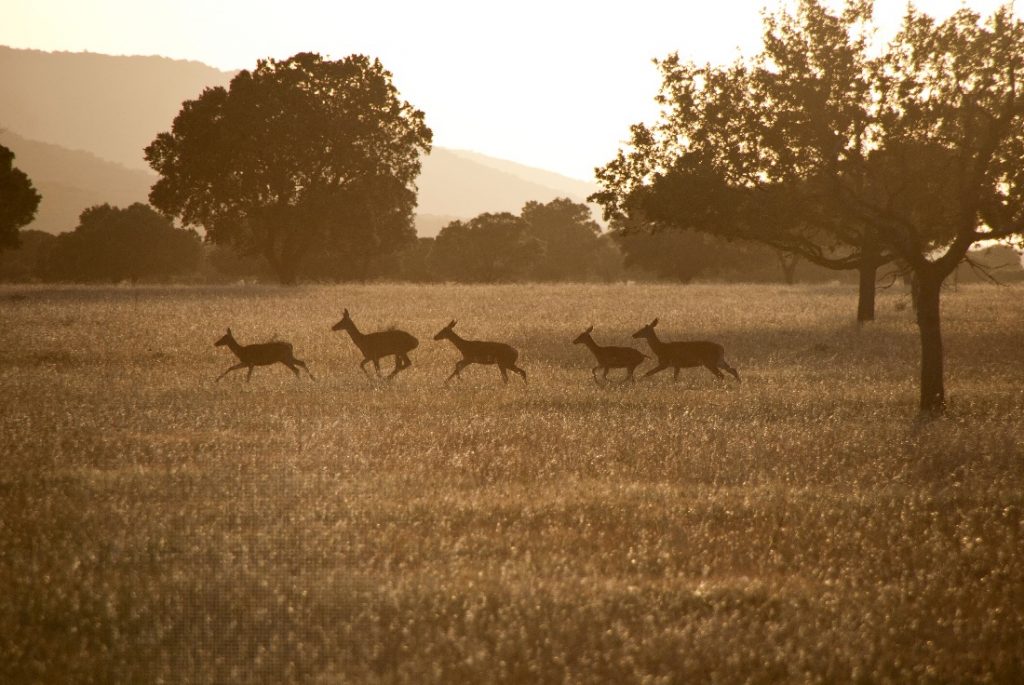
Cabañeros National Park
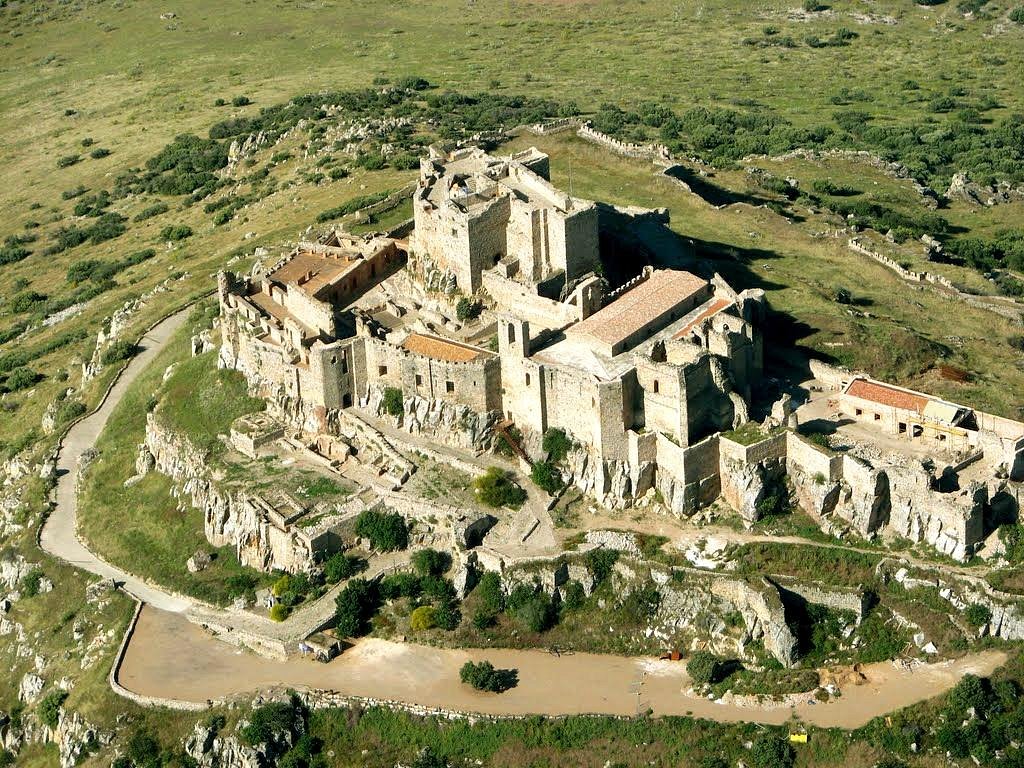
Castle of Calatrava la Nueva
Political
Economy and Government
The economy of the Ciudad Real region is primarily based on agriculture, particularly the cultivation of cereals, vineyards, and olive groves. The area is also known for its production of wine, cheese, and olive oil. In recent years, the region has seen an increase in tourism, driven in part by its historical and cultural attractions, as well as its natural parks and reserves.
The government of the Ciudad Real region is overseen by the Provincial Council, which is responsible for managing local services and infrastructure, as well as promoting economic development and tourism. The council is composed of representatives from the region's municipalities and is led by a president.
The region is also part of the larger autonomous community of Castilla-La Mancha, which has its own government and parliament responsible for overseeing regional policies and services, including healthcare, education, and social welfare. The community's economy is largely based on agriculture, tourism, and manufacturing, with a particular focus on the food and beverage industry.
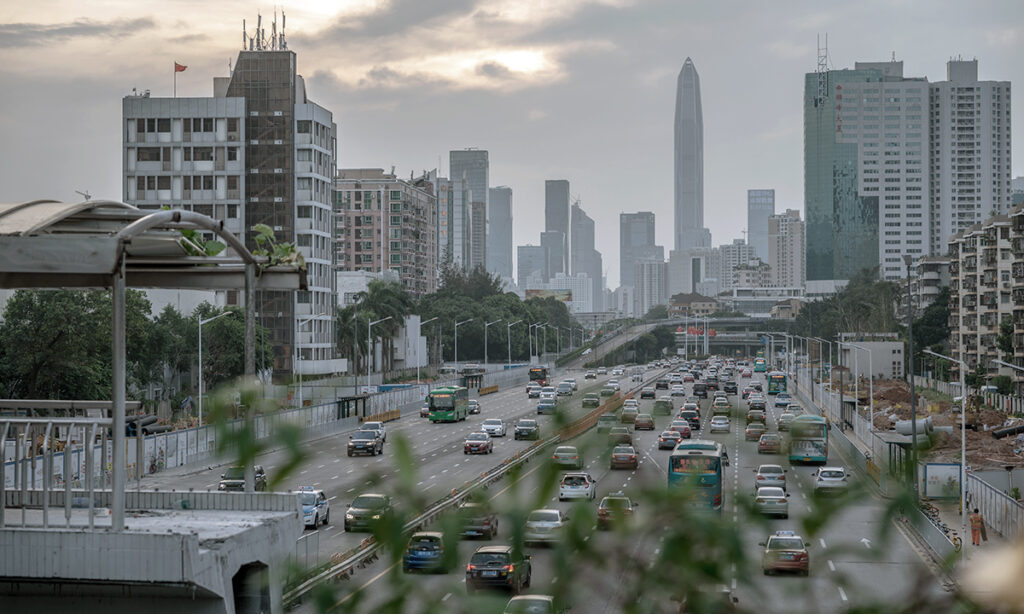
History
History and Culture
The region of Ciudad Real has a rich history and culture that spans over several centuries. The city of Ciudad Real was founded in the 13th century and has been a cultural center ever since. The city's architecture reflects a mix of different influences, including Islamic, Gothic, Renaissance, and Baroque. Visitors can explore the city's many museums, including the Museum of Ciudad Real, which houses archaeological artifacts, fine art, and more.
The region is also known for its festivals and traditions, such as the Holy Week processions and the Fiesta de la Pandorga, which celebrates the city's patron saint. Other important cultural events include the International Festival of Classical Theater and the Medieval Fair.
Ciudad Real is also famous for its gastronomy, with a rich culinary tradition that includes dishes such as gazpacho, migas, and pisto. The region is also home to many excellent wineries, producing some of Spain's best wines.
In terms of literature, the region is associated with the famous Spanish writer Miguel de Cervantes, who spent time in the town of Argamasilla de Alba. Visitors can visit the Cervantes Museum to learn more about the author's life and works.
Overall, the region of Ciudad Real is a fascinating blend of history, culture, and tradition, offering visitors a unique and memorable experience.
HOTELS

Parador de Almagro
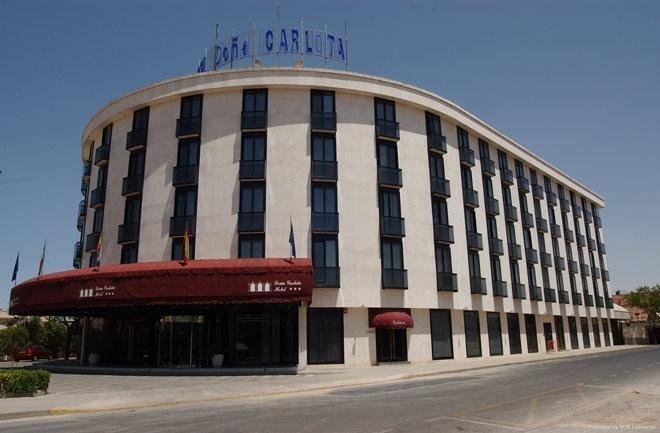
Hotel Doña Carlota
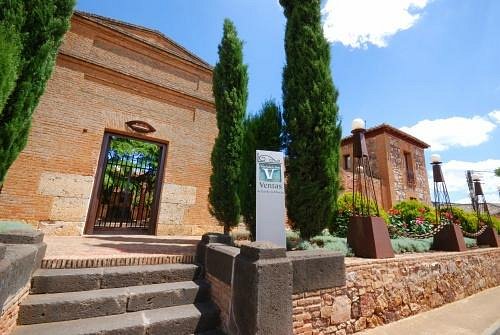
Hotel Palacio de la Serna
RESTAURANTS
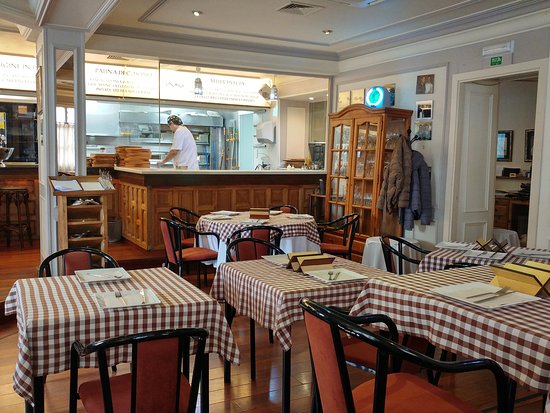
Restaurante Marquinetti
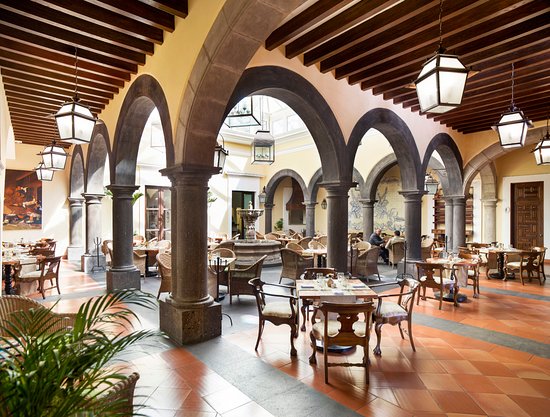
Restaurante La Antigua
